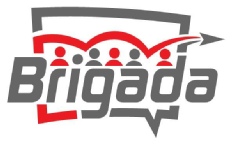Get a phone with a SIM card (GSM chip). [Note that “GSM” does not translate into GPS. We’re not talking about Global Positioning System here. GSM stands for “Global System for Mobile” Communications — or “SIM” card (“SIM” stands for “Subscriber Identity Module.”)] When you land, you’ll instantly have access to emergency service (the local equivalent to “911”), even with your USA-based chip. But prior to your departure, find a carrier in your destination land that sells “pay as you go” or “top up” or “non-subscriber service” or “PrePaid” GSM chips or SIM cards. These are tons better than the “roaming chips” that we previously recommended. On this trip to Haiti, I paid $4 for the chip and bought a ton of minutes (with lots of text-messages too) for $15 more. Calls to the USA were 10 cents/minute. This contrasts radically with USA-based-cell-carrier plans, which typically make you pay at least three times that much. (On one recent trip, between calls and emails, one group member managed to rack up $2000 on his smartphone in just one week. So if you’re going to try to use your existing homeland-based plan, please call customer service before you leave your homeland so you know exactly what you’re going to spend. In my experience, buying a local sim card will always be the best route. What’s more, it gives you a local number so local contacts can easily call you about schedule changes.











And there are several phones that are very reasonable in price. The HTC Design that I got from Sprint is allready world enabled, and can be used on 3G as well as HSPA+ such as Zain Jordan has been updating to. Not 4G yet, but much better. And it was only $50.00 US with Sprint service.